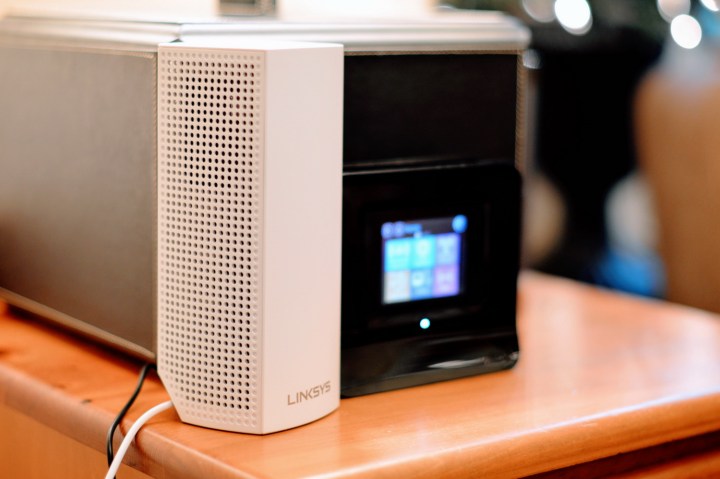
Amazon has been particularly aggressive in adding Alexa support to even more third-party solutions, enabling manufacturers to add “skills” that allow Alexa to control the devices and perform various actions. Mesh systems and wireless routers made by Linksys have been added to the list of supported Alexa devices, including those in the Velop, WRT, and Max-Stream families.
To enable the Amazon Alexa support on Linksys devices, you need to make sure you have a Linksys Smart Wi-Fi account set up and configured for each device. If you have a Velop mesh network, a Linksys account is required and so you’re already good to go. An account is optional for other Linksys devices, so go ahead and get that done.
Once that’s completed, you can open the Alexs app on your mobile device. Open the menu, then choose Skills. Select the Search box, search for “Linksys,” then select it from the results. Tap on the Enable button to turn on Alexa for that device, and you can check out the skill description and trigger examples on the same page.
Note that you can also ask Alexa to “enable the Linksys skill.” Once that’s done, you will need to authenticate using the OAuth screen that pops up by entering your Linksys Smart Wi-Fi account credentials to allow the two systems to work together. In a few minutes, the Linksys skill should be available
Examples of supported Linksys devices include the WRT1900AC and Max-Stream EA9500 routers and the Velop Whole Home Wi-Fi mesh system. Three new Alexa voice controls have been added for supported Linksys devices:
- Turning guest access on and off.
- Obtaining the guest Wi-Fi name and password.
- Obtaining the primary network credentials; this skill can be switched on and off.
The ability to tie digital assistants to various third-party devices tremendously expands their functionality, not to mention how deeply they’re embedded in our lives. In fact, one of the more important technology decisions that we make in the next few years will likely be which digital assistant we choose to work with.


